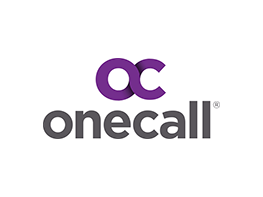White Paper
How Teleradiology and Artificial Intelligence Are Reducing the Strain of the Radiology Shortage on Workers’ Comp
White Paper Summary
Diagnostic imaging has experienced a boom in recent years.
More than 70 million CT scans are performed in the U.S. each year, according to the National Institutes of Health. That number is up from just three million in 1980. The number of MRIs, too, has increased, and the U.S. conducts more scans than any other country, per researchers from Stanford University and Mayo Clinic.
The reason for the increase? The quality of scans has improved, allowing radiologists to more accurately detect fractures, tears, and sprains. As technology has improved, the cost of scans has dropped, allowing more patients — especially those in workers’ compensation — to access the technology. In the past, workers’ comp payers may have discouraged imaging due to its high cost. Now, they encourage it because its low cost and high quality allows them to detect what’s actually happening with their injured worker – which includes insight into the age of an injury – ensuring the most appropriate treatment plan is in place to expedite recovery.
To learn more about One Call, please visit their website.







